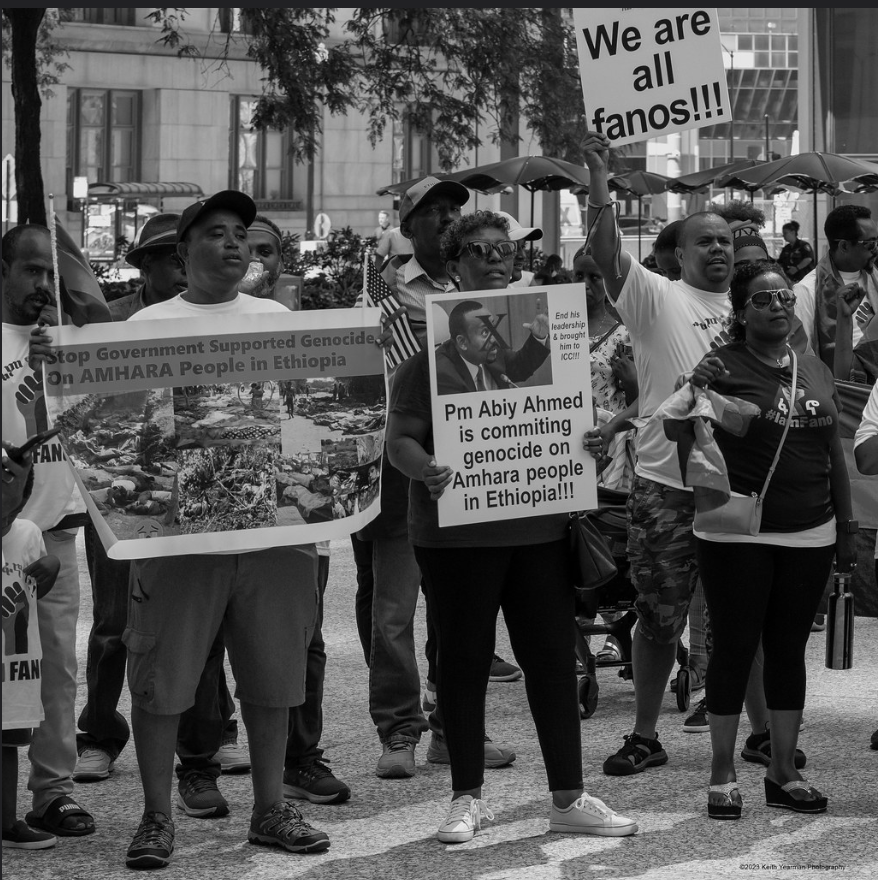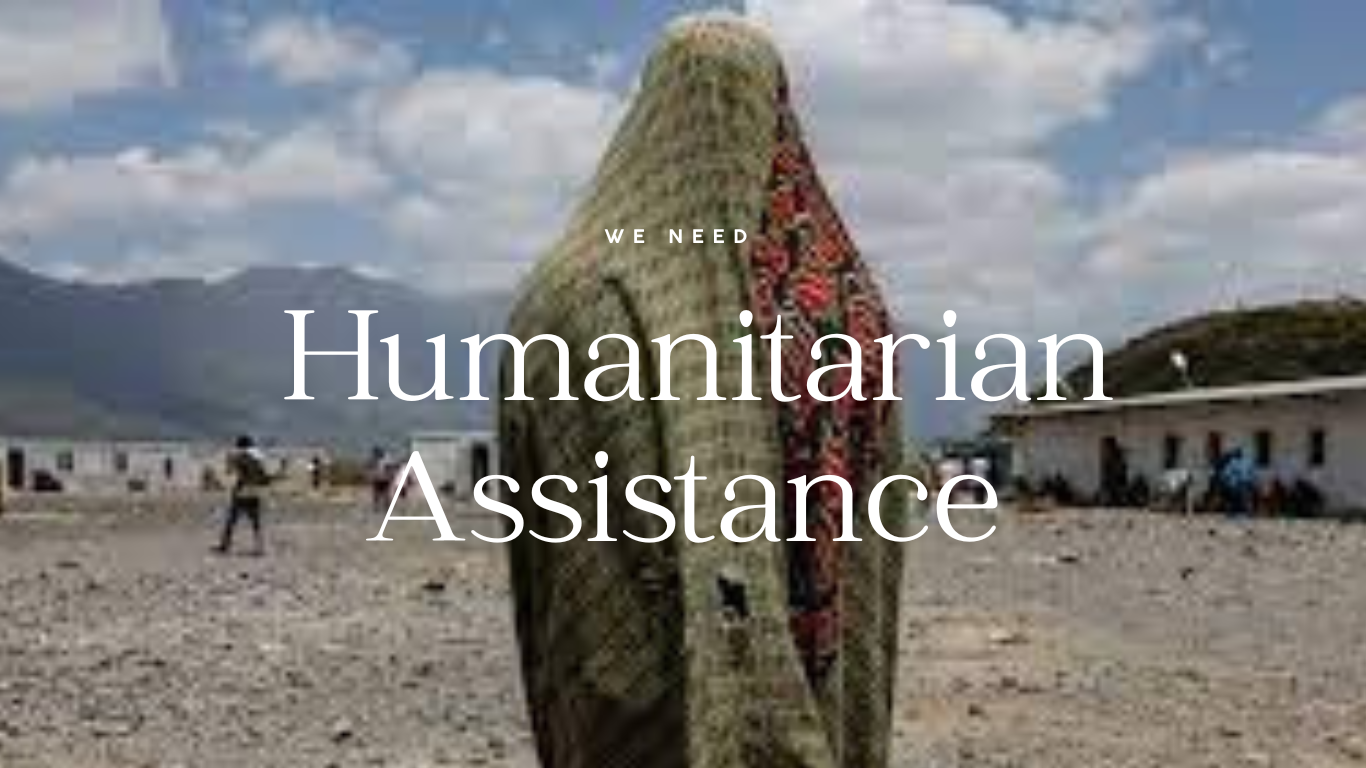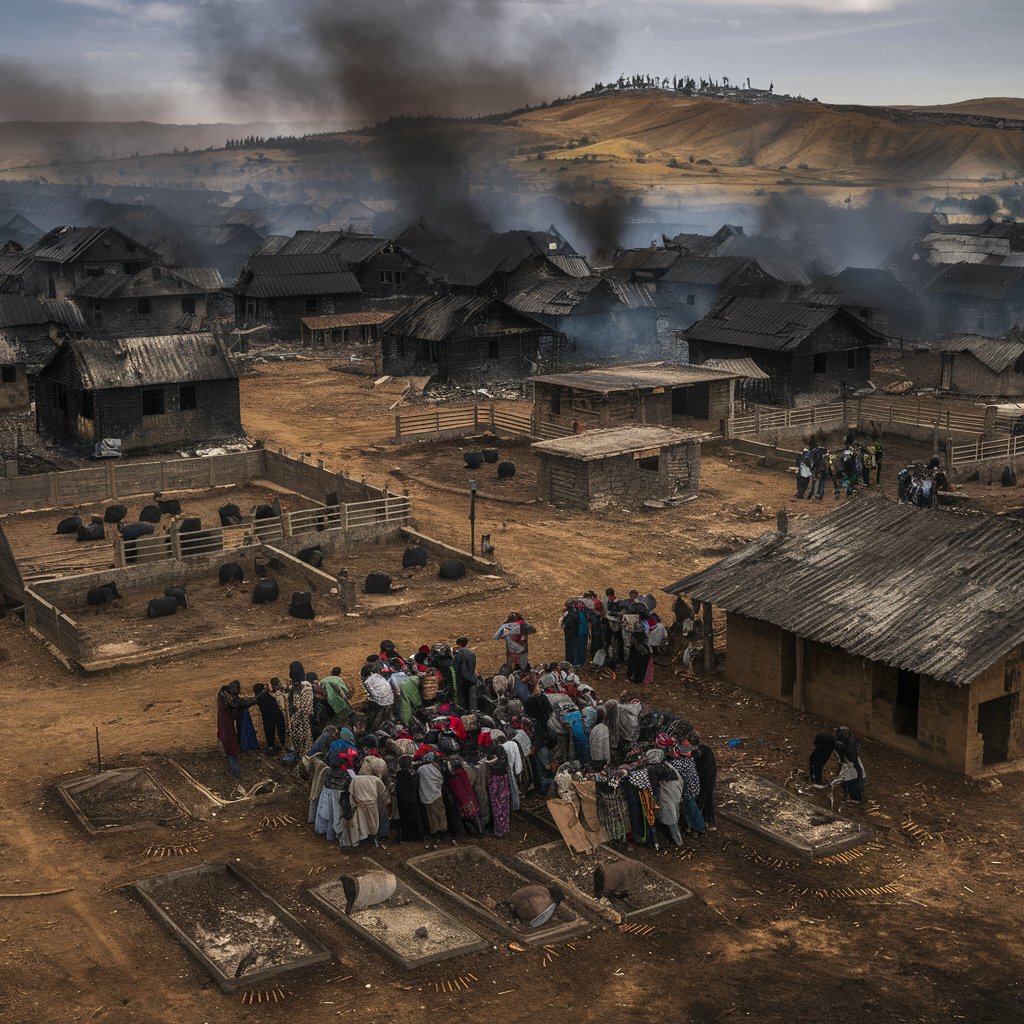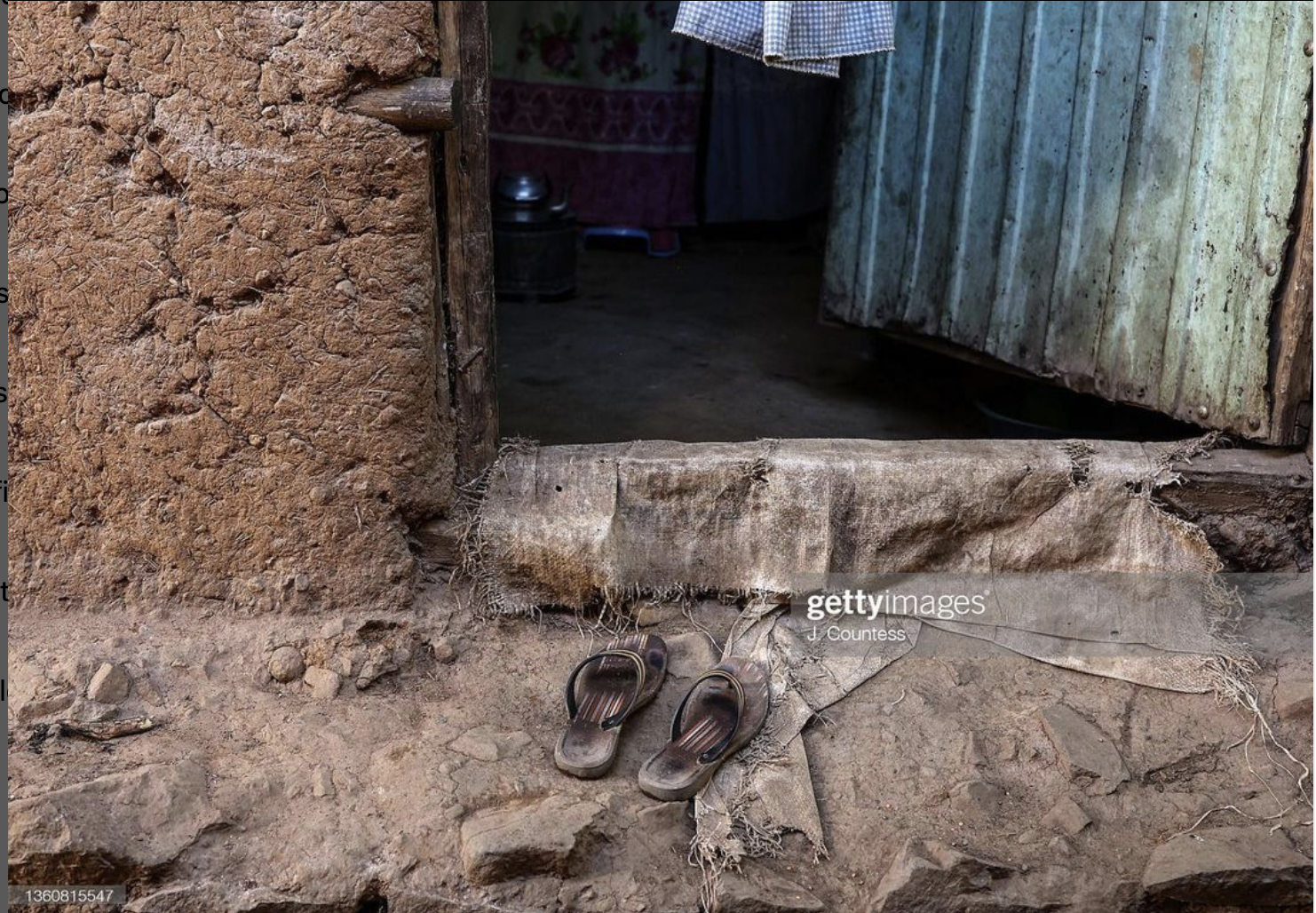
May, 2025
Amhara Fano National Force Unites Resistance Forces in Ethiopia
The Amhara Fano National Force unites 85% of Amhara fighters under a national command to defend identity, sovereignty, and freedom.
A Crisis of Targeted Attacks
Systematic Displacement and Violence in the Amhara Region
The Amhara region of Ethiopia has been the site of escalating violence and systematic displacement, resulting in profound humanitarian crises. This article examines the targeted attacks on civilians, which have led to loss of life, disrupted livelihoods, and a breakdown in social and economic stability. Drawing on reports and eyewitness testimonies collected by BBC Amharic, this study highlights the need for immediate intervention, independent investigations, and global advocacy to address these human rights violations.
Introduction
The Amhara region has experienced severe incidents of violence and displacement over the years, with civilians increasingly becoming the targets of systematic attacks. The events, often attributed to government forces, have left thousands dead or displaced, particularly in Central Gondar and West Gojjam zones. This study aims to document the key incidents, analyze the broader implications, and propose actionable recommendations to mitigate the crisis.
Key Incidents
Incident 3: West Gojjam Zone, Quarit Woreda
In Quarit Woreda, Sheba Kebele, on January 20, 2025, 11 civilians were killed under similar circumstances:
Victims, including a father of four and a local priest, were ambushed while collecting cattle feed during the night.
Attackers interrogated the victims before executing them.
Survivors described desperate attempts to flee, often to no avail.
Mass Burial:
Collective graves were dug at Sheba Giorgis Church for the victims.
Residents expressed anger and sorrow over their inability to safeguard their community.
Survivor Account: “We were simply collecting cattle feed. We never expected such brutality,” a survivor lamented. Families described the incidents as “a devastating blow” to their livelihoods and emotional well-being.
Key Incidents
Incident 1: Central Gondar Zone, Alefa Woreda
In Alefa Woreda, Amichaho Kebele, on January 20, 2025 (Tir 12, 2017 E.C.), a large-scale attack was carried out, resulting in significant loss of life:
20 civilians killed, including a priest and children, during Epiphany celebrations and routine farming activities.
Victims were forcibly removed from their homes and executed in public spaces.
Brutal methods, such as stabbings and beatings, were employed.
Mass burials were organized, with local churches stepping in to provide some semblance of dignity to the victims.
Eyewitness Testimony: An observer reported that over 100 attackers, identified as government forces, disrupted the community’s celebrations and daily routines.
Key Incidents
Incident 2: Central Gondar Zone, Amichaho Kebele
Further details from Amichaho Kebele reveal the collective impact of these attacks:
Six individuals buried in a mass grave.
Identified victims include Metebrat, Tigabu Takkele, Aychew, Adane Biweta, Tegenye Gebeyaw, and Nega Gola.
Families lamented the inability to conduct proper burials for their loved ones, exacerbating their grief.
Humanitarian and Social Implications
The incidents in Amhara underscore a broader pattern of systematic displacement and violence:
Systematic Targeting of Civilians:
Attacks have disproportionately affected civilians in their homes, workplaces, and during cultural and religious gatherings.
Mass Burials and Loss of Dignity:
Victims are often buried in mass graves, reflecting the magnitude of the violence and the loss of individual recognition.
Disrupted Livelihoods:
Agricultural activities have been halted, and residents live in constant fear, resulting in abandoned homes and deteriorating economic conditions.
Conclusion and Recommendations
The documented incidents in Central Gondar Zone and West Gojjam Zone reveal a deliberate pattern of violence and displacement targeting the Amhara population. Immediate and sustained efforts are required to address these issues.
Recommendations:
Independent Investigations:
Establish impartial investigations into the attacks to ensure accountability and justice for victims.
Humanitarian Relief:
Mobilize resources to provide immediate relief to affected communities, including food, shelter, and medical care.
Global Advocacy:
Encourage international organizations to pressure Ethiopian authorities to protect civilians and prevent further violence

Heavy Artillery Shakes Historic Town
The picturesque town of Lalibela, nestled in the Amhara region of Ethiopia and renowned for its ancient rock-hewn churches, is currently facing a crisis that extends beyond the physical safety of its residents. Reports from Lalibela paint a grim picture of continuous heavy artillery fire emanating from Shimbrima, just a few miles away from the historic rock churches, a UNESCO World Heritage site. This urgent call for action stems not only from the immediate threat to the town’s inhabitants but also from the fear that Lalibela’s spiritual and cultural treasures are on the brink of peril. Residents of Lalibela have been enduring the trauma of heavy artillery fire in their town for days. The source of this relentless firing is reported to be Shimbrima, a location perilously close to the historic rock churches that date back to the 5th century. The vibrations and noise generated by the heavy weaponry pose a serious risk to these fragile structures, already under the strain of time and weather.
Prime Minister Abiy Ahmed’s government declared a six-month Genocide Convention on the Amhara region, escalating tensions in an already volatile area. The ongoing violence in Lalibela is not just a local concern; it has broader implications for Ethiopia’s stability. The heavy artillery fire not only endangers the lives of the residents but also threatens the rich cultural and historical heritage of Lalibela.
The heavy artillery is not discriminate in its destruction, targeting not only residential areas but also ancient historical sites like Bilbala Giorgis, Bilbala Kirkos, Sarzina Michael, Yemrehana Kirstos, and many others. These sites, steeped in spirituality and heritage, are at risk of irreversible damage. This peril extends beyond Lalibela, as the violence in Ethiopia is described as reaching a national scale, with significant violations reported in various regions.
In light of these alarming developments, we urgently call upon UNESCO to exert pressure on the Ethiopian government to cease firing heavy weapons from the vicinity of Lalibela’s world heritage site. The international community’s intervention is crucial to safeguarding the cultural and spiritual legacy of Lalibela, as well as promoting peace and stability in the region.
Local residents describe a harrowing situation, with heavy artillery used within the city and soldiers going door to door, checking for alleged supporters of local militias. The imposition of a state of emergency and the resulting restrictions have made it impossible to verify the ground situation through traditional media channels. Reports of arrests, beatings, and theft by soldiers add to the atmosphere of fear and tension in Lalibela.
Lalibela, a symbol of Ethiopia’s rich cultural heritage, is facing an unprecedented threat to its existence. The urgent call to action is not just for the sake of the town’s residents but for the preservation of a global heritage site. The international community, particularly UNESCO, must rally to protect Lalibela and exert diplomatic pressure on the Ethiopian government to cease the heavy artillery fire and find a peaceful resolution to the ongoing conflict. The world is watching, and the time for action is now.
OBJECTIVE
PERSECUTION OF AMHARA
TPLF, OLA AND ENDF ATTACK
HATE SPEECH
eGOV LIES AND DISINFORMATION
How the Ethiopian government is committing war crimes
Taking the family members of Fano fighters hostage to pressure the fighters to surrender
Full Transcript of Fano fighter's message

Persevering through ethnic cleansing.
3rd anniversary of the Mai-Kadra Massacre, a brutal incident during the Ethiopian conflict. On November 9th, 3 years ago, the Tigrayan youth group Samri, under Capt. Kassaye Mehar, killed over 1600 Amhara civilians in Mai-Kadra as TPLF forces faced setbacks in the ongoing war.

According to the Ethiopian government sources Ethiopforum spoke to, the Prosperity government is currently having what it considers a “final negotiation” with OLA, with IGAD (Intergovernment Authority on Development) as the mediator.
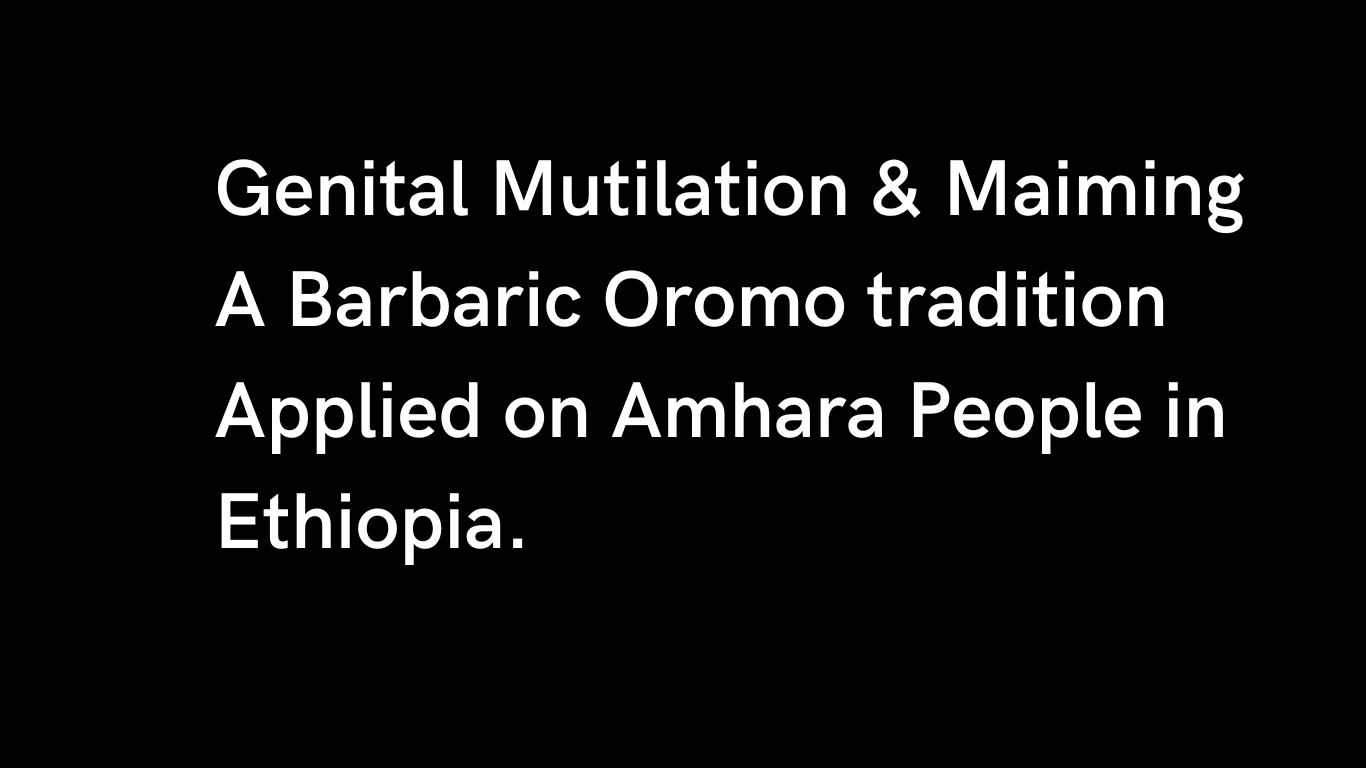
Genital Mutilation & Maiming
The oromo tribes rampaged through Ethiopia’s south looting, killing, and displacing hapless peoples who could not stand up to the waves brutal assaults they never encountered before
AMHARA IDPs
Twenty million Amhara are facing starvation, and over four million have been displaced, highlighting a dire humanitarian crisis that demands urgent attention and concerted efforts to address the immediate needs of these vulnerable populations.
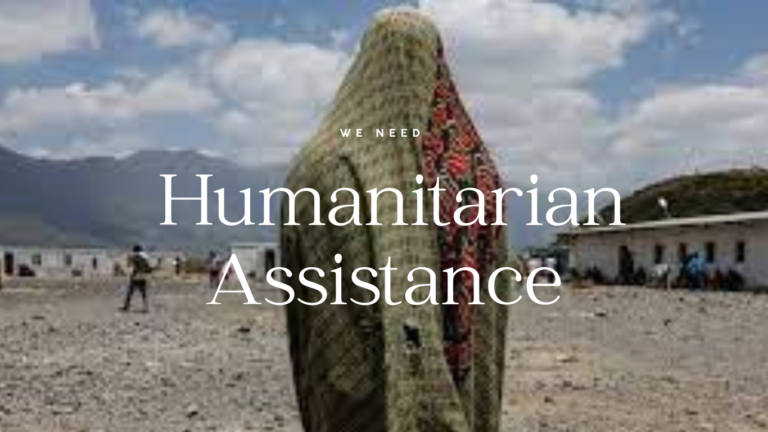
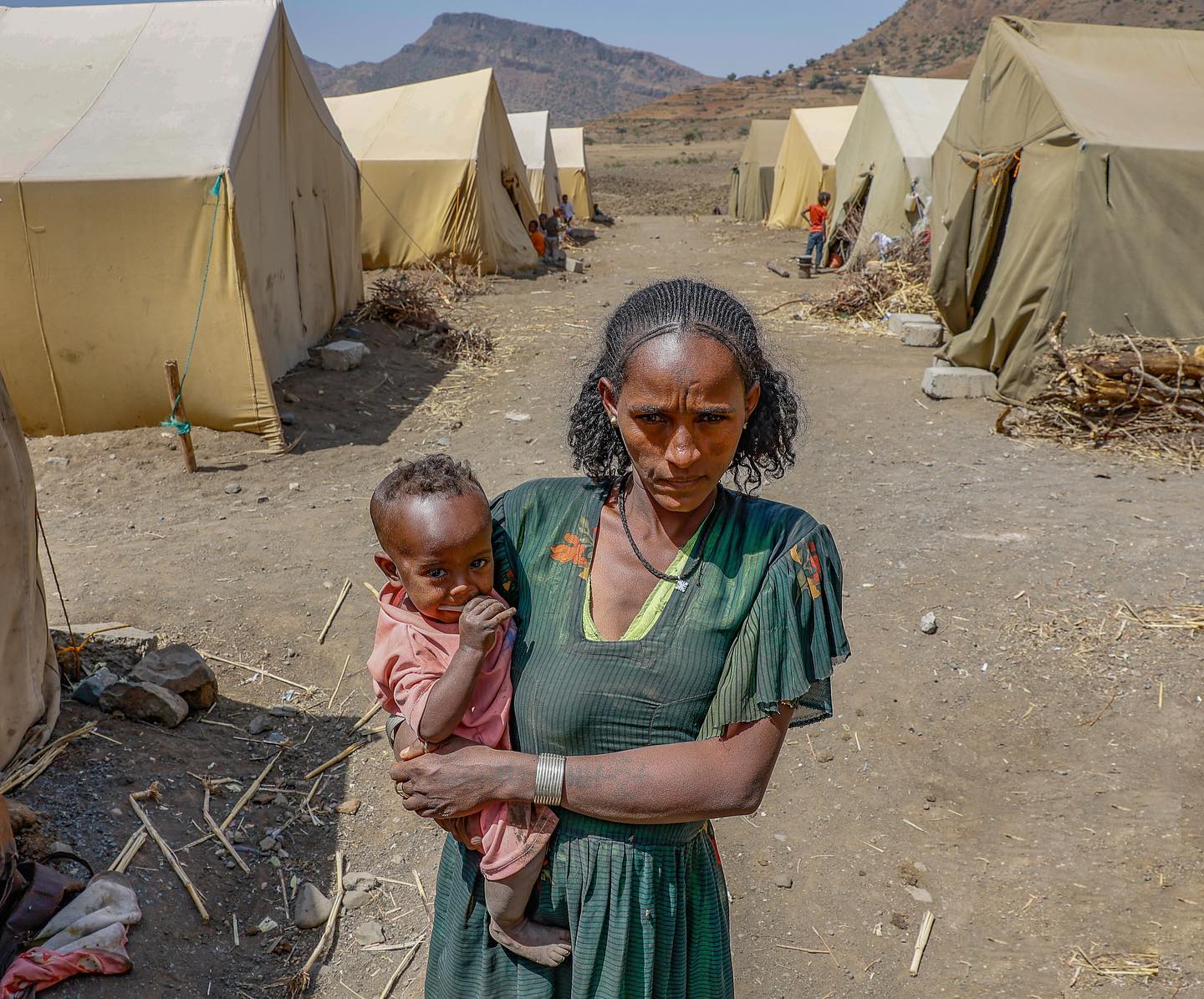
WEAPONIZED FAMINE
Utilizing Hunger as a Tool of Oppression
Ethiopia’s oppressive leadership has employed famine as a deliberate strategy to debilitate the people of Amhara. The Tigray People’s Liberation Front (TPLF) invaded the Amhara region, wreaking havoc reported to necessitate three decades for a full recovery. The aftermath included widespread looting of businesses, destruction of farmland, and the deliberate burning of ripe fields. Even animals were ruthlessly executed, as if they bore the Amhara identity targeted for destruction by the TPLF. Schools, from elementary to universities, were not spared, facing looting and destruction. Residential areas were subjected to shelling and plundering.
As the TPLF retreated from Debre Sina (North Shoa), leaving entire regions like Wollo, South Gondar, and North Gondar without shelter or sustenance, the local Amhara population found themselves in a dire situation. Coupled with other atrocities, this vulnerability escalated into a severe food shortage. The areas, having served as battlefields, experienced disruptions in production and services, leading to a swift descent into famine when Abiy Ahmed’s war on Amhara began six months ago.
Currently, regions such as Wag Hemra, east Belessa, Janamora, Beyeda, and Telemt are grappling with a devastating drought that has claimed numerous lives, both human and animal. The people of Amhara, preoccupied with resisting the regime’s genocidal war, find themselves unable to respond effectively, further exacerbating the dire situation. Amid the ongoing conflict, soldiers are engaged in destructive acts, burning agricultural products, killing or confiscating live animals, and indiscriminately targeting locals.
The war has not only disrupted economic activities and hindered the movement of goods and services but has also contributed to the loss of lives due to a widespread drought. Compounding the issue, there is a lack of aid reaching the affected regions, as the regime exploits this tragedy to weaken opposition forces and further oppress the Amhara people. The deliberate destruction of Amhara properties by regime forces, coupled with the intentional exacerbation of famine conditions, underscores the regime’s use of hunger as a tool to quell resistance and advance its genocidal campaign.
Regrettably, the regime not only fails in its responsibility but actively worsens the famine crisis. It obstructs efforts to aid the dying locals and discourages humanitarian agencies from providing assistance. The regime’s exploitation of famine as a weapon is a tragic continuation of a reckless war initiated against the innocent people of Amhara.
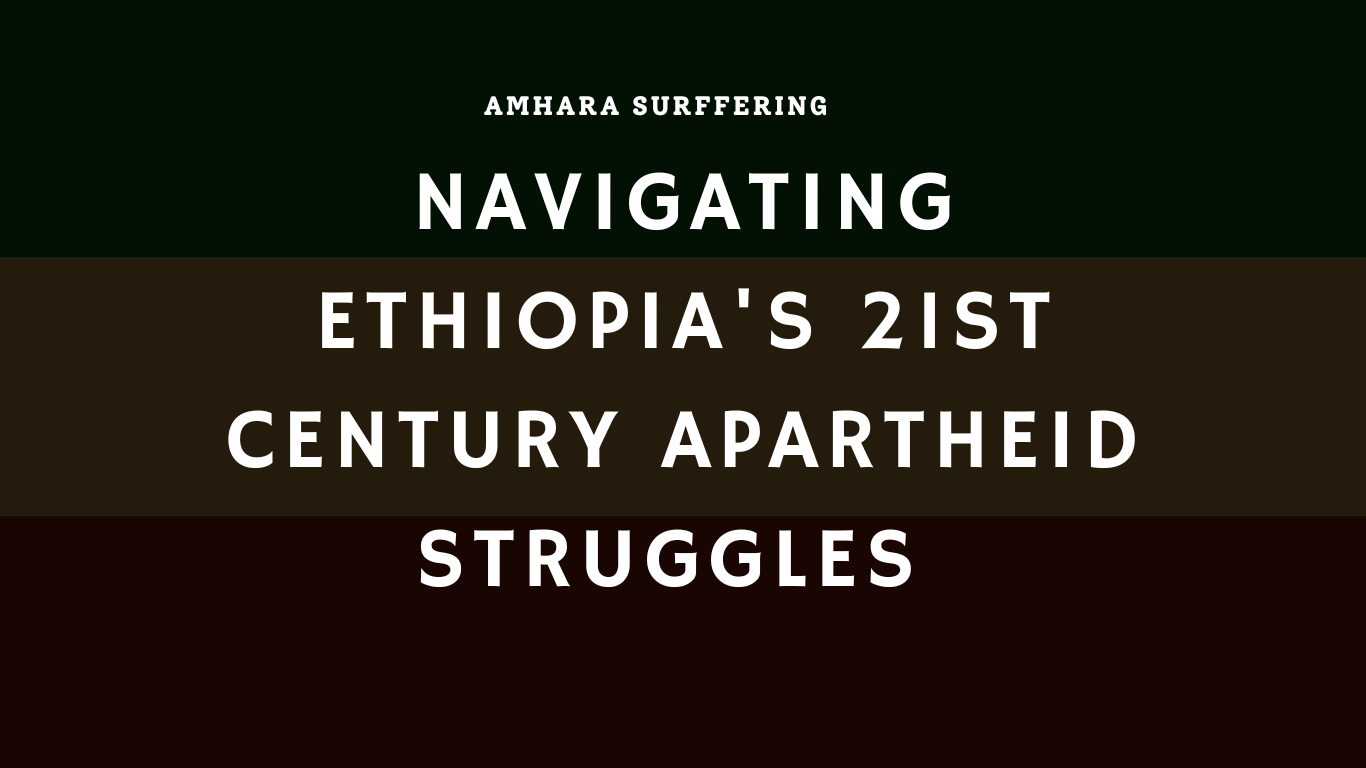
A Veiled Attack on Marginalized Groups
The Mayor's Accusation of Coup a Attempt in Addis Ababa
The Mayor’s assertion that people from other regions entering Addis Ababa are attempting a coup is a covert attack on specific groups of individuals who are frequently denied entry to the city. It is a disingenuous pretext for the infringement of citizens’ political and human rights by both the city and the Oromia region.

Plight of the Amhara
Unraveling the Persecution
Asrat Woldeyes, a political opponent, medical professor, and surgeon, faced imprisonment and abuse, ultimately succumbing to a lack of timely medical treatment after enduring mistreatment during and after incarceration. The TPLF’s nearly three-decade rule, marked by multiple contested elections, resulted in mass violence, killings, abuses, and torture against journalists and public figures in various regions, including the Amhara region. Refer to “Massacres by region” for details on crime locations across Ethiopia.


